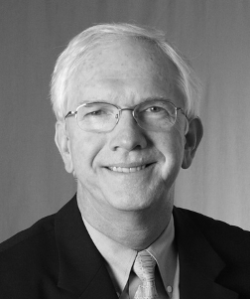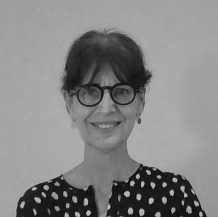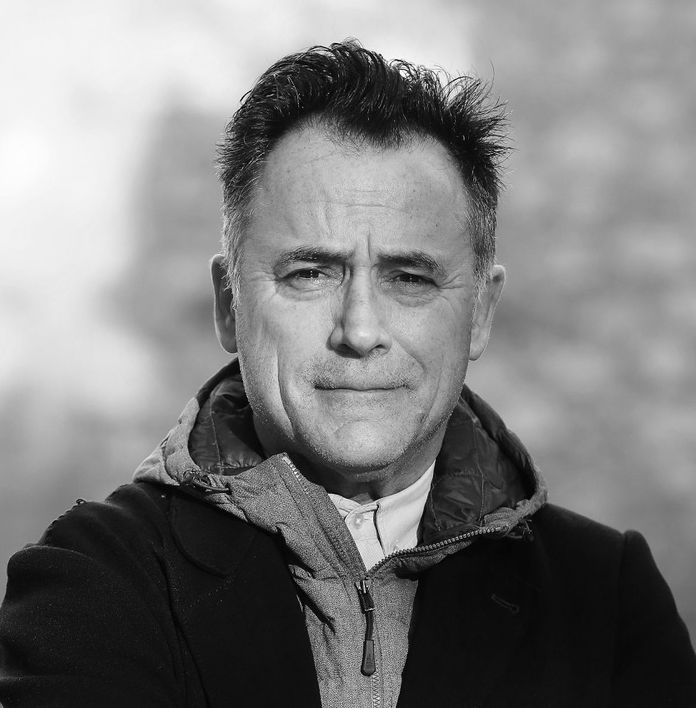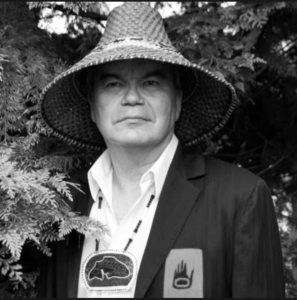As a follow up to the 2022 UIA Year of Design for Health, the UIA Public Health Group hosted a live webinar with experts discussing well-being in architectural design.
Presentations looked at how to design healthy built environments that respect and care for the many facets of human conditions as empowerment to everyday living and well-being. The webinar also focused on the utilisation of environmental factors of light, sound, air/wind, & water with appropriate and affordable technology as well as high touch.
The panelists:

Ray Pentecost is an advocate and practitioner of healthcare facility evidence-based design. His areas of interest include population health, research in architectural practice and health planning policy. He is Director of the UIA Public Health Group and of the Center for Health Systems & Design at Texas A&M, Ronald L. Skaggs and Joseph G. Sprague Chair of Health Facilities Design and Professor of Practice at the School of Architecture. He was a key contributor to numerous award-winning healthcare facility projects in Virginia, including the Hancock Geriatric Treatment Center, the Sitter & Barfoot Veterans Care Center and the Sentara Center for Health and Fitness.

Ruzica Bozovic Stamenovic is Associate Professor and Deputy Head at the Department of Architecture of the National University of Singapore (NUS). She is affiliated to the UIA Public Health Group, the CARE Center for Ageing Studies NUS, the Center for Health Systems and Design at Texas A&M University and Global University Programs in Healthcare Architecture. Her research projects and teaching are in the field of architectural and urban design for health and well-being. While practising at R+D Studio, Dr Bozovic Stamenovic won major architectural awards in the former Yugoslavia and exhibited widely, including twice at the prestigious Venice Biennale.

Philippe Capelier is Director of Blue Tango Architectures, an architectural firm specialising in the realisation of institutional and public buildings, including social housing. He is Co-director of the UIA Social Habitat Work Programme, Board Member of the Syndicat de l’Architecture (France) and Associate Professor and Lecturer at the École Nationale Supérieure d’Architecture de Montpellier. Capelier has studied environmental management for architecture and champions the practice of wooden architecture in public buildings. In 2002, his firm won the competition for the Pierresvives building in Montpellier in collaboration with Zaha Hadid.

Jan Golembiewski is a practising architect at Psychological Design, an architectural firm in Sydney, Australia. He is recognised for his work specialising in health-related projects, education, cultural understanding, human-centred innovation, design psychology, salutogenic health promotion, ecological psychology and complexity interventions. He has served both as an Adjunct Professor of Architecture (Design and Health) at Queensland University of Technology and as Associate Professor of Interior Architecture and Environmental Design at Bilkent University in Ankara.

Patrick Stewart is a Nisga’a architect and the first Aboriginal person to become President of the Architectural Institute of British Columbia. A graduate of Simon Fraser University, the Technical University of Nova Scotia, McGill University and the University of British Columbia, he has studied the role of Indigenous knowledge in Indigenous architecture. He was the chair of the Provincial Aboriginal Homelessness Committee for British Columbia and of the Indigenous Task Force for the Royal Architectural Institute of Canada. He is the founding principal of Patrick R. Stewart Architect (PRSA), a full-service architectural firm with a First Nations community development focus.
Synopsis of presentations:
Ruzica Bozovic Stamenovic
Smart and Sensorial – on Behaviour and Wellness in Architecture
Constant growth in IT has propelled developments in architecture and generated smart and sustainable designs. However, our ability to make sense of the built environment has hardly changed since the dawn of humanity. This dichotomy is evident in the recent obsession with smart technologies, which fails to consider the power of intuition and human senses in experiencing architecture and influencing behaviour. Disconnected and passive users are suffering from rising depression and a frustrating lack of novel design options that fully satisfy their desire for happiness and well-being. We must therefore consider how to enrich architectural experiences through examples of re-sensitised intuitive architecture, novel design constructs and smart use of IT.
Philippe Capelier
Issues of mental and physical health in social housing: Impact of Covid-19 lockdowns
Housing for the most disadvantaged must protect and provide health, security and privacy. However, the impact of lockdowns experienced across the globe in response to the Covid-19 pandemic has revealed the extent of the failings of social housing. We will address how standards of living impacted the mental and physical health of those residing in social housing during the crisis. Through material gathered by members of the Social Habitat Work Programme, we will examine possible approaches and architectural solutions that serve as guidelines for improving living conditions. These solutions require collaboration with other stakeholders of the built environment and must be widely shared and built upon together.
Jan Golembiewski
Architecture and Perception: How we perceive architecture affects health, well-being and behaviour
The Ecological Theory of Perception outlines why perception changes according to our mood and state of health. Happiness tends to reflect a positive take on the environment, manifesting itself through better health and animated behaviour, whereas unhappiness and illness is made worse by poorer perceptions of the environment and by the resulting poverty of behavioural responses (often called symptoms). Architects can employ this understanding of the Ecological Theory of Perception to improve both health and behaviour by manipulating the sensory environment to encourage positive actions, as well as by removing opportunities for negative reflection.